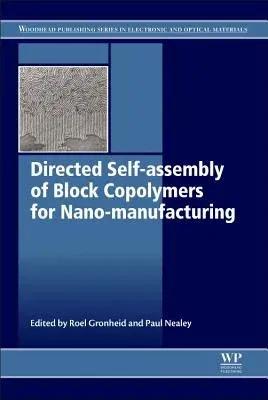Directed Self-Assembly of Block Co-Polymers for Nano-ManufacturingHardcover, 6 August 2015

Qty
1
Turbo
Ships in 2 - 3 days
Only 1 left
Free Delivery
Cash on Delivery
15 Days
Free Returns
Secure Checkout

Part of Series
Woodhead Publishing Electronic and Optical Materials
Part of Series
Woodhead Publishing Series in Electronic and Optical Materials
Print Length
328 pages
Language
English
Publisher
Woodhead Publishing
Date Published
6 Aug 2015
ISBN-10
0081002505
ISBN-13
9780081002506
Description
Product Details
Book Format:
Hardcover
Country of Origin:
US
Date Published:
6 August 2015
Dimensions:
23.11 x
15.24 x
2.29 cm
ISBN-10:
0081002505
ISBN-13:
9780081002506
Language:
English
Location:
Cambridge
Pages:
328
Publisher:
Series:
Weight:
698.53 gm